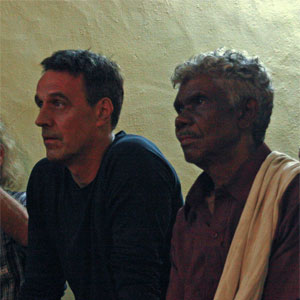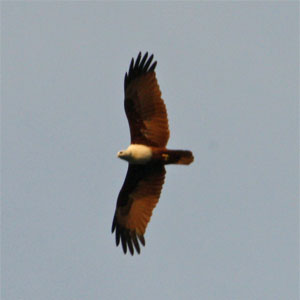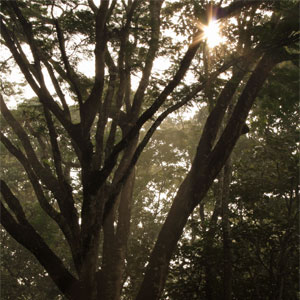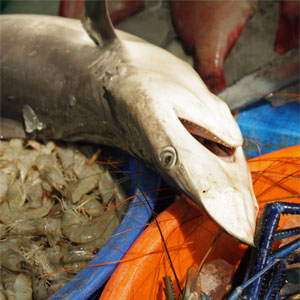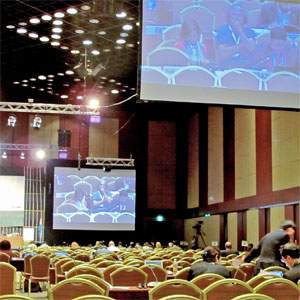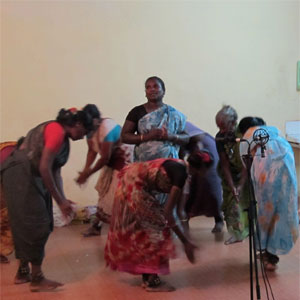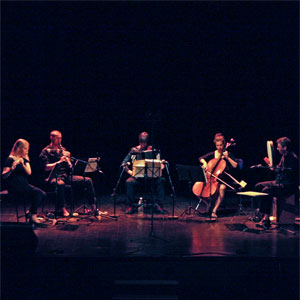India Tour 7th – 21st October 2012
Final concert at the United Nations Biodiversity Conference (COP 11) in Hyderabad
“Music for Diversity of Life and Culture” is substantially sponsored by:
Goethe Centre Hyderabad, Convention on Biological Diversity Montreal, Germany and India 2011-2012: Infinite Opportunities, Goethe Institute New Delhi, Goethe Institute (Centre) Munich
Art and Biodiversity
Cultural diversity and biodiversity are closely related. Since culture, art and music resonate with their living surroundings, it follows that the richer these surroundings are, the more diverse our expressions of human culture will be. Conversely, any decrease in biodiversity inevitably leads to less variety and more ‘sameness’ in our lives, and hence in the way we express ourselves artistically and musically.
So the loss of biodiversity, the greatest treasure our planet has to offer, goes hand-in-hand with the loss of cultural diversity – the greatest treasure of human expression.
As a result, the preservation of biodiversity is an issue not just for politicians, ecologists and environmental protectionists, but for artists and musicians everywhere who value cultural diversity too. In fact, it concerns everyone who loves the immeasurable vitality of our planet.
Art and music involve the ability to think, recognize, and take action with all our senses. They play a key role in our cultural and human identity – and can make an important contribution to a conference whose decisions will affect the very future of our planet.
Concert dates
11. 10. 2012, 7:30 pm, JT Performance Art Centre, Cochin, Kerala
13. 10. 2012, 7:00 pm, Parambikulam Wildlife Sanctuary, Tamil Nadu
17. 10. 2012, 7:00 pm, Indira Priyadarshini Auditorium, Hyderabad, Andhra Pradesh
18. 10. 2012, 7:00 pm, UN Biodiversity Conference, International Convention Centre, Hyderabad
Programme
Ouverture
Volker Staub (*1961): Witterungsinstrumente (Weather Instruments, 1999-2003)
Audio installation
simultaneous performance with “one beat drums”
Concert
Volker Staub: For two to play on one drum (2007-08)
for frame drum duo
Gagaku (ca. 12th century): Hyōjō no chōshi
for accordion solo, transcribed by Eva Zöllner
Volker Staub: OEO #1-5 (2011-12)
for ensemble
Stefan Kohmann (*1967): Biosonor (2006)
for electrified pinecone
Ruben Staub (*1992): Klezmer Medley (2012)
for solo clarinet, arr. Ruben Staub
trad. Klezmer: Dance of the Souls
for ensemble, arr. Volker Staub
trad. Klezmer: The Klezmers Freilach
for ensemble, arr. Volker Staub
Volker Staub: Wiochpeyata (2012 first performance)
electro-acoustic music with solo clarinet
Duration overture: variable
Duration concert: ca. 75 min.
Lea Polanski: flute, Ruben Staub: clarinet, Larissa Nagel: violoncello
Eva Zöllner: accordion, Stefan Kohmann: percussion
Volker Staub: percussion, artistic direction
film documentation: Maike Häusling, producer assistant: Anna Mießl

The UN Conferences on Biological Diversity
“Summit for Life” of the 11th Conference of the Parties (COP 11)
of the Convention on Biological Diversity (CBD)
Since the major United Nations Conference on Environment and Development in June 1992 in Rio de Janeiro representatives of all nations met 11 times to pay close attention to the maintenance of biological variety, the so-called biodiversity. The corresponding legal framework is the “Convention on Biological Diversity” (CBD). The CBD currently has 193 contractual partners and was signed by 168 countries and the EU. The highest organ of the convention is the periodically scheduled “Conference of the Parties“(COP). The 11th conference of the parties (COP11) took place in Hyderabad in October 2012.
In order to solve the global environmental problems a global approach has to be taken. Living environments of plants and animals don’t stop at national borders. Local, regional and national production and consumption patterns have a worldwide impact.
The conferences in Bonn (2008), Nagoya (2010) and Hyderabad (2012) are as relevant for the maintenance of biodiversity as the conferences in Copenhagen (2009) und Cancún (2010) has been relevant for the fight against global Warming.
Biodiversity encompasses the wide range of species, genetic diversity, diversity in agriculture (such as crop varieties and diversity of livestock breeds) and diversity of habitats. According to information from the WWF 27 percent of species diversity on earth has become extinct during 1970 and 2005 due to human impact such as deterioration of habitats, agriculture, hunting, fishing and so on.
In a newspaper article in the “Frankfurter Rundschau“ shortly after the Nagoya conference could be read: „In Germany, one third of all wild animals are being regarded as in danger of extinction: For instance, the field hamster, the lapwing, the grayling or the terrapin. The population of major animal species … decreases by 30 percent since the 1970s worldwide, in the tropics even by almost 60 percent. Of the more than 5500 mammalian species known worldwide, 78 are already extinct and 1200 are endangered. Among them polar bear, mountain gorilla or tiger.”
Compared to climate change the increasing loss of biodiversity attracts little attention because measuring and evaluating the direct impact is more difficult. The consequences, however, could even surpass the effects of climate change: it is a man-made existential threat of life on earth that will not spare the mankind itself. All fundamental vital resources (food, water, air) are affected by the destruction of diversity and life balance.
Solely from an economic point of view the value of biodiversity is inestimably high. Robert Zoellick who is the first President of the World Bank attending a conference of the parties (in Nagoya, 2010) emphasized this value for the world economy: The economic benefit of insects as pollinators was about 150 billion Euros in 2005, i.e. about one tenth of the total value of the global food production.
In 2002, the CBD conference established the global goal to significantly reduce (to stop in EU countries, respectively) the current rate of biodiversity loss by 2010. No country on earth could achieve this objective. In Nagoya, 2010, the delegates could reach a basic consensus to establish a global network of marine and terrestrial protected areas. Moreover, they defined policies how to handle with genetic resources. This also included rules regarding their commercialization (e.g. preventing biopiracy).
In Hyderabad (India) in October 2012, an agreement was reached on the financing of the global network of protected areas. These are predominantly being located not in the rich industrialized countries but in poorer countries that should be compensated for the renunciation of economic uses of nature. The amount of these payments will be doubled by 2015 to $ 10 billion. In addition, ten percent of the world’s oceans are designated as protected areas. This is a great success.
The effectiveness of this global network of protected areas will decide how many of the count-time endangered species can be rescued in the future over this earth, or disappear forever from this planet.
Uwe Friedel, Nov. 2012


